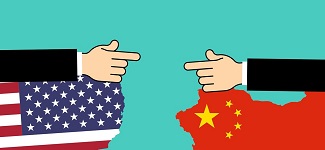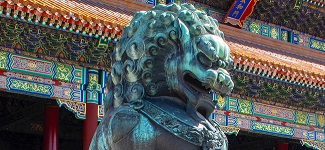eResearch | A recent article from Project Syndicate Contributing Author Stephen Roach (faculty member at Yale University and former Chairman of Morgan Stanley Asia) examines the Phase One trade accord that is anticipated to be signed in the near future by both the U.S.A. and China. The Author is less than sanguine about this trade agreement.

Although a more comprehensive trade agreement was very close to being agreed last May, negotiations broke down with considerable acrimony prevalent on both sides. This resulted in both countries implementing increased tariff impositions amidst greater verbal rancour. The follow-on deleterious effect of higher tariff rates impacted the economies of both China and the U.S.A. and, by inference, global trade.
Even as the U.S.A. upped the negative verbal rhetoric, there began to be signs that both antagonists were anxious to get trade talks back on the agenda. The October 11 announcement that a Phase One accord had been reached was greeted with continuing gains in the stock market.
PHASE 1
However, the Author considers the Phase One deal that was “announced with great fanfare is a huge disappointment.” His opinion is that the wishy-washy terms that the Chinese agreed to that related to currency manipulation, increased purchase of U.S. agricultural goods, vague initiatives on Intellectual Property protection, and weak agreement on liberalizing financial controls paled in comparison to what the U.S.A. gave up in not implementing its promised increased tariffs on a further $250 billion of imports.

Tackling the USA-China trade imbalance is only one part of a much bigger dilemma that the United States faces in its trade disparities with the rest of the world. Currently, the global U.S. merchandise trade deficit is running at $919 billion. The USA should address multi-lateral trade deficits.
Considering currency manipulation, it is short-sighted to consider just the renminbi-dollar exchange ratio. Currency values should be considered against all of the major world currencies. The U.S.A. should address multi-lateral currency imbalances.
The Author believes that the problem with the Phase One accord is the basic structure of the deal. He suggests that the approach to solving the trade dispute is like prescribing bilateral remedies for multilateral problems. He does not think that approach will work.
You can read the entire article here: Phase One USA-China Trade Accord Fatally Misconceived
//


